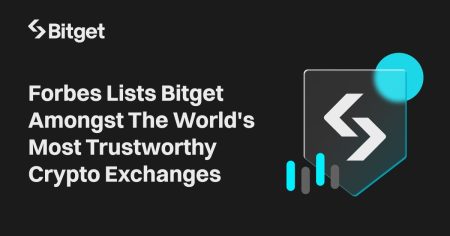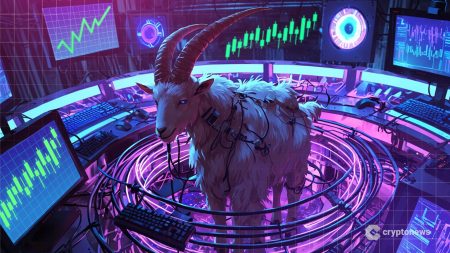The Ethereum community has recently come to the defense of Vitalik Buterin’s vision for Layer 2 (L2) solutions amid growing criticism. Detractors have raised concerns that L2s are not aligned with Ethereum’s core principles and may deviate from the intended roadmap. In response, Offchain Labs co-founder Steven Goldfeder refuted these claims by revisiting Buterin’s 2020 rollup-centric roadmap. The debate around L2s and their role within Ethereum has been escalating, with critics arguing that these scaling solutions are straying from the broader vision outlined for Ethereum.
Goldfeder addressed three main criticisms of L2s: that they are not truly Ethereum because they compete with each other, that L2 tokens and revenue models such as fee and MEV collection contradict Ethereum’s values, and that L2s should not support decentralized finance (DeFi) projects, which some argue should remain on Ethereum’s mainnet. Goldfeder’s first rebuttal focused on the claim that L2s cannot be considered part of Ethereum because they operate as distinct entities like Arbitrum and Base. He highlighted Buterin’s description of Ethereum as a collection of “islands” that are unique yet interconnected, indicating that multiple L2s can coexist within Ethereum and contribute to its overall strength and scalability.
The next criticism Goldfeder addressed was that L2 tokens and revenue models were misaligned with Ethereum’s principles. He pointed to Buterin’s inclusion of these elements in the 2020 roadmap, showing that they were planned components of Ethereum’s evolving ecosystem. Goldfeder clarified that Buterin envisioned a sustainable environment where L2s could thrive while still aligning with Ethereum’s broader economic architecture. The final criticism was that L2s should not support DeFi projects, as critics argued that DeFi should remain on Ethereum’s mainnet for the network’s integrity. However, Goldfeder cited Buterin’s early vision which identified DeFi as an expected early adopter of L2 technology, indicating that supporting DeFi projects was always intended to drive Ethereum’s expansion into more scalable transaction processing.
Goldfeder’s thread on social media sparked a broader discussion within the Ethereum community, with many participants adding their perspectives. One user questioned whether building new applications within existing systems, such as developing on L2s within Ethereum, could be successful. In response, Goldfeder cited VirtualBox, a software that runs multiple operating systems within a single machine, as an example of successful development within existing frameworks. Vitalik Buterin himself joined the conversation, drawing a parallel between modern web browsers and operating systems to illustrate how applications can run effectively within a larger system. This analogy supported the argument that L2s operating within Ethereum enhance the network’s capacity to support diverse and complex applications.













